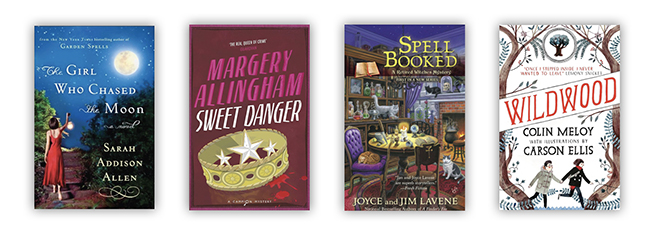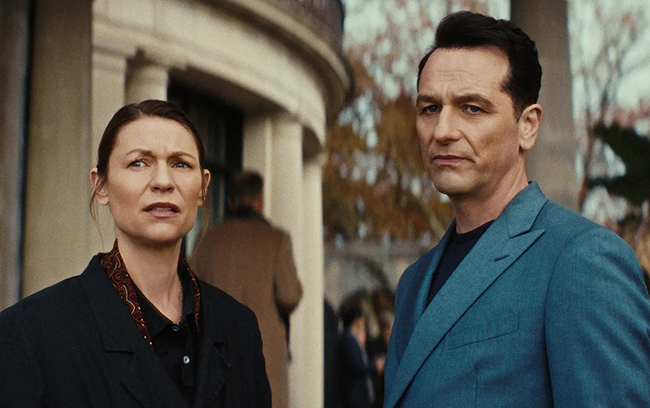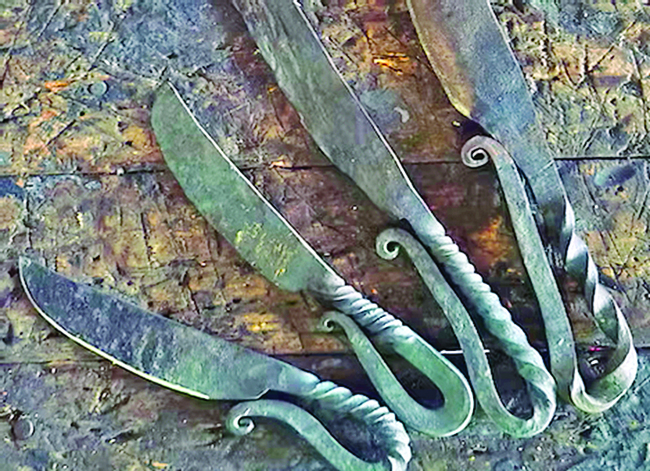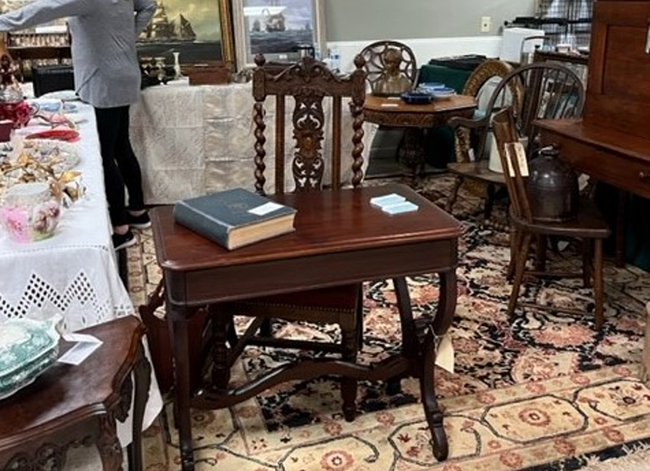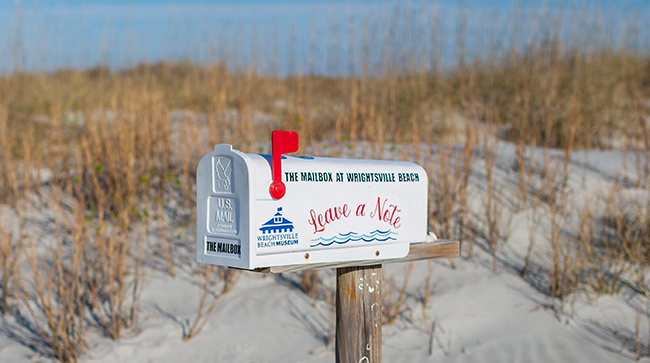Half-Remembered Dreams
30 Sep 2013
The slow and laborious process of tintype photography is bringing notoriety for one local photographer
By JAMIE WALKER
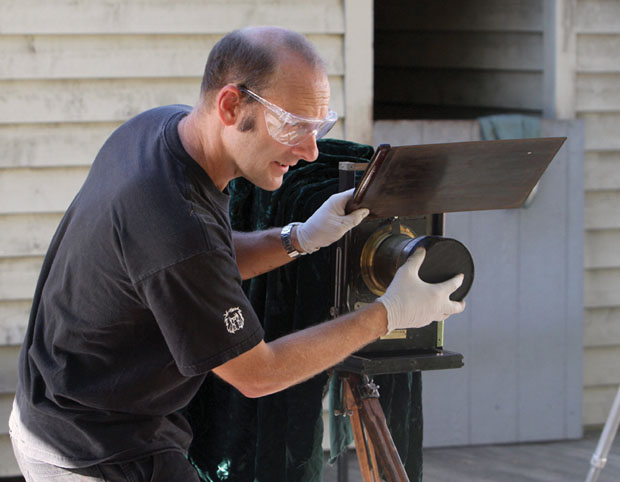
In contemporary photography, faster is better―faster expressions, faster exposure, faster processing.
Wilmington photographer Harry Taylor, although skilled at the art of digital photography, has found that, at its base, his artistic rhythm is set at a much slower pace. Taylor uses an antiquated wet-plate collodion process to create tintypes (produced on metal) and ambrotypes (produced on glass).
Wet-plate collodion has been around for over 250 years. It was invented by Englishman Frederick Scott Archer around 1851, revolutionizing the field of photography. The process allowed multiple positive copies to be made from one glass negative. It's a labor intensive process that has experienced a resurgence in the U.S. in the last ten years.
Taylor's work is an example of that resurgence here in the coastal south.
His haunting tintype photographs have been known to leave viewers immobile.
One might say it's the stunning, stark contrast of dark and light and the variations therein; the ghostly appearance of the image; or the presence of a deeper meaning eked out slowly and methodically in the protracted twenty second exposure time.
But Taylor says, like all good art, it's all that meets the eye and more.
"There's a soulfulness that comes through for sure. It's a quiet process that calms people. With digital photography, everybody says 'smile!'. But, with wet-plate collodion, you can't hide behind a smile, or it's really hard to because it's so slow," he said.
"Then, it's just physics. It's all about light and creating a light sensitive surface to reflect the light. It's a hand-made process with very little manipulation. Sometimes you get wrinkles and imperfections. But that can really add to the image."
These imperfections speak to the artist in Isabel Zermani, who models for Taylor on occasion.
"I love the edges. The unfinished edge, the silver nitrite, the oil slick color that fades out on the edge," she said.
Her experiences as a model for Taylor and with the images he created led her to choose him as the tintype photographer for her wedding.
"The process of creating digital images is like trying to catch something that's always disappearing. Tin types capture what's always been there and always will be there. The images look so liquid. It's like they exist in a fourth dimension," Zermani said. "There's something so raw, so sensitive and trusting about the experience. Then, there's a living photograph. It was very clear to me that I wanted tin types for my wedding."
Taylor became interested in wet-plate collodion in the mid-90's shortly after graduating from the University of the Arts in Philadelphia, with a Bachelor's degree in photography. Taylor adopted the great 19th century photographers, Timothy O'Sullivan and Julia Margaret Cameron, as his teachers. A long-time history buff, Taylor was as attracted to the details of the process as he was to the results. But, it wasn't long before the digital craze hit and Taylor was swept off his feet.
It was in 2004 that Taylor was in a position to act on his dream of revisiting days in the darkroom. The tangible, yet elusive journey of perfecting the cumbersome art of collodion got the best of him and he hasn't looked back since.
These days, Taylor is known to haul to a shoot a 15-20 pound custom-built camera, equipped with antique lenses and plates that he has meticulously studied, collected, and perfected. His portable darkroom is prepared with ether, gun powder and epsom salts on board to prepare the collodion solution.
Enter, the romanticism. "Harry lifts up the black curtain in the back like it's a cape, and then he's gone," Zermani said.
Then everyone waits. It's this priceless pause, the timelessness and profundity of this antiquated process that brings out the best in Taylor.
"Sitting behind a computer staring at digital images is not a way to have romantic feelings about your art. It's hard to find the mystery and all the things that make photography exciting on a computer... It's also just difficult to stand out with a digital camera. There's so much homogenization with cameras and computers. It's like telling the difference between ball point pens."
Taylor's interest in historical sites of the American South and the story-laden battlefields of the Cape Fear region, help feed his desire to continue to explore collodion. He uses tintypes and ambrotypes to journal reenactments and the historical battlegrounds of the Lower Cape Fear River.
Taylor says that tintypes are often described as a "half-remembered dream", and that in landscapes, it can be tough to conjure that aura.
"Landscapes are really hard. It's a really intense, meditative thing to get something beautiful in the land," Taylor says.
Zermani thinks he pulls it off quite well.
"His landscapes are gorgeous. It's like being able to go back in time. It's like a little movie. I can almost hear the willows swaying. It 's very transportive to me. I do think it's that absence of trying that makes them so honest."
Taylor's work has been featured in The New York Times Sunday Magazine, Garden and Gun, The Paris Review, Our State, and Haven magazines. Taylor was also honored to be one of the few invited to attend the annual artists' colony gathering, Sianoia-Simposio International De Artistas En Noja in Spain two summers ago.
As for the future? "I'm going to keep working on antique processes and more primitive things," Taylor said.
"I just find it all more interesting." And through Taylor's lens, interesting is good. harrytaylorphoto.com




